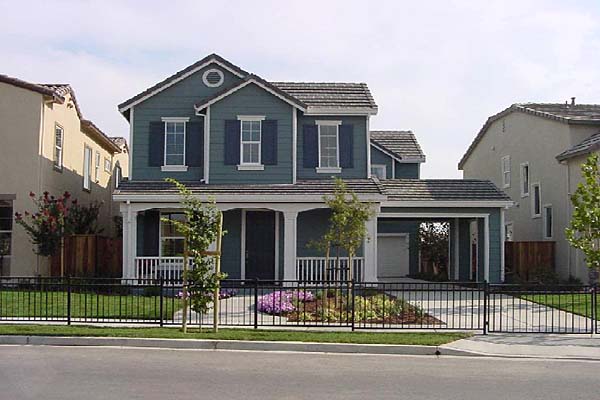UNIT
Unveiling the Essence of Condominium Living: Exploring Individual Units
Introduction:
Defining Condominium Units:
A condominium is a residential or mixed-use property where individual units are owned separately, while common areas and amenities are shared among unit owners. A unit within a condominium is the private space designated for the exclusive use and possession of an individual owner. This portion is distinct from the common areas and may include living spaces, bedrooms, kitchens, and other amenities.
Key Features of Condominium Units:
Exclusive Use and Possession:
The defining characteristic of a condominium unit is the exclusive right of use and possession granted to the individual owner. This means that the owner has control over their specific living space within the larger condominium structure.
Fee Simple Title:
Owners of condominium units typically hold fee simple title to their individual units. Fee simple ownership provides the highest form of ownership interest, allowing the owner to use, sell, or transfer the property as they see fit, subject to the rights of any restrictions or covenants.
Separate Financing:
Individual unit owners arrange separate financing for their specific units. Unlike traditional single-family homes where the entire property is financed as one, condominium owners secure financing for their individual units, making it a more tailored approach to homeownership.
Shared Common Areas:
While individual units are for exclusive use, common areas such as hallways, lobbies, elevators, and recreational facilities are shared among all unit owners. The maintenance and management of these common areas are typically governed by the condominium association.
Ownership Structure and Governance:
Condominium Association:
The governance of condominiums is facilitated by a condominium association, comprising unit owners. The association is responsible for managing common areas, enforcing rules and regulations, and overseeing the financial aspects of the condominium community.
Declaration and Bylaws:
The legal framework for condominium living is established through a declaration and bylaws. The declaration outlines the rights and responsibilities of individual unit owners, while the bylaws set forth the rules and regulations governing the operation of the condominium association.
Benefits of Condominium Living:
Amenities and Services:
Condominium living often provides access to shared amenities and services, such as swimming pools, fitness centers, security, and landscaping, enhancing the overall living experience.
Maintenance Convenience:
The responsibility for maintaining common areas is borne by the condominium association. This alleviates individual owners from the burden of exterior maintenance, landscaping, and other shared responsibilities.
Maintenance Convenience:
The responsibility for maintaining common areas is borne by the condominium association. This alleviates individual owners from the burden of exterior maintenance, landscaping, and other shared responsibilities.
Community Living:
Condominium living fosters a sense of community. Shared spaces and common areas create opportunities for social interaction and community engagement among unit owners.
Conclusion:
Condominium units represent a distinctive form of homeownership, offering the perfect blend of exclusive living spaces and shared amenities. Understanding the rights, financing, and governance structure associated with condominium units is essential for those considering this unique and popular style of real estate. As the popularity of condominium living continues to grow, the allure of individual units within these communities shines brightly in the diverse tapestry of real estate options.
MORE REAL ESTATE TERMS
A, B, C, D, E, F, G, H, I, J, K, L, M, N, O, P, Q, R, S, T, U, V, W, X, Y, Z
Featured New Home

Featured Mortgage Brokers
- Consolidated Loan Company of Albany- Home Office, mortgage broker in Albany, GA
430 W Tift Ave
Albany, GA 31701 - FINANCIAL FREEDOM ACQUISITION LLC, IRVINE, CA
1 BANTING
IRVINE, CA 92618 - MCCUE MORTGAGE COMPANY, NEW BRITAIN, CT
1 LIBERTY SQ
NEW BRITAIN, CT 6051 - ENVOY MORTGAGE LTD, COLORADO SPRINGS, CO
6760 CORPORATE DR STE 130
COLORADO SPRINGS, CO 80919 - M/I Financial, LLC, mortgage broker in Columbus, OH
3 Easton Oval Ste 340
Columbus, OH 43219